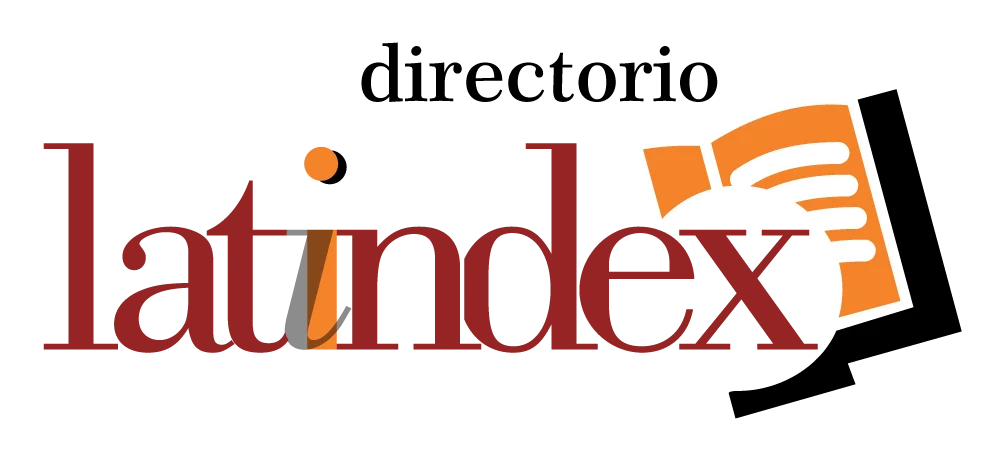Risk of anterior cruciate ligament rupture in young soccer players, an updated retrospective work
DOI:
https://doi.org/10.56294/ri202533Keywords:
Women Football, Risk Of ACL Rupture, Neuromuscular Development, Interdisciplinary Team, FIFA 11+Abstract
Introduction: the growth in female soccer practices poses a great challenge in professional training due to the high risk of anterior cruciate ligament rupture from the beginning of practice for female soccer players who have great expectations for the future.
Objective: to determine the risk factors for anterior cruciate ligament rupture in young soccer players.
Methods: literature review focused on anatomo-physiological, psychological and social variables. Female soccer players from 14 to 22 years old who follow a preventive program called “FIFA11+” are taken into account. Scope of the study: sports facilities (Estudiantes de La Plata, Defensa y Justicia in person, San Lorenzo de Almagro virtually).
Results: wide benefit in those players who received support and follow-up by multidisciplinary teams in their sports practice.
Conclusion: the heterogeneity of factors affecting each player was addressed by multidisciplinary teams, achieving benefits in their present and future. The proposed prevention from the first steps of scheduled and progressive training practices is the necessary strategy that showed highly positive results that resulted in a decrease of anterior cruciate ligament rupture injuries of the knee.
References
1. Valderrama-Treviño, A. I., Granados-Romero, J. J., Rodríguez, C. A., Barrera-Mera, B., Contreras-Flores, E. H., Uriarte-Ruiz, K., & Arauz-Peña, G. (2018). Lesión del ligamento cruzado anterior. Orthotips AMOT, 13(4), 160-168.
2. Gulanes AA, Fadare SA, Pepania JE, Hanima CO. Preventing Sports Injuries: A Review of Evidence-Based Strategies and Interventions. Salud, Ciencia y Tecnología. 2024;4:951. https://doi.org/10.56294/saludcyt2024951
3. Epidemiology of injuries in male and female youth football players: a systematic review and meta-analysis. (https://www.sciencedirect.com/science/a rticle/pii/S2095254621001095)
4. DE ALZÁA, Fernando, et al. Características clínicas de jugadoras profesionales de fútbol de un plantel de Primera División de la Ciudad Autóno-ma de Buenos Aires. Trabajo descriptivo. Club Atlético San Lorenzo de Almagro. Rev. Asoc. Argent. Traumatol. Deporte, 2021, p. 1-14.
5. 11+ “Un programa completo de calentamiento para prevenir las lesiones en el fútbol Manual”
6. LOUREDA, Arriaza. Historia natural de las roturas del ligamento cruzado anterior. Trauma, 2008, vol. 19, no Supl 1,p. 19-21.
7. James O’Brien, Caroline F. Finch, Ricard Pruna & Alan McCall (2018): A newmodel for injury prevention in team sports: the Team-sport Injury Prevention (TIP) cycle, Science and Medicine in Football, 10.1080/24733938.2018.1512752
8. Crossley KM, Patterson BE, Culvenor AG, Bruder AM, Mosler AB, Mentiplay BF. Making football safer for women: a systematic review and meta- analysis of injury prevention programmes in 11 773 female football (soccer) players. Br J Sports Med. 2020 Sep;54(18):1089- 1098. doi: 10.1136/bjsports-2019-101587.
Epub 2020 Apr 6. PMID: 32253193; PMCID: PMC7497572
9. Brughelli, M., & Cronin, J. (2008). Preventing Hamstring Injuries in Sport. Strength and Conditioning Journal, 30(1), 55-64.
10. Beneito Pastor, D., Morales-Santias, M., Puga, D., Más Martínez, J., Garcia Miralles, S., & Sanz-Reig, J. (2022). Preparación psicológica para la reincorporación deportiva tras cirugía reconstructiva del ligamento cruzado anterior en el deportista aficionado. Rev. esp. cir. ortop. traumatol.(Ed. impr.), 113-120.
11. LA ÚLTIMA LACRA DEL FÚTBOL FEMENINO: LA ROTURA DEL LIGAMENTO CRUZADO ANTERIOR https://www.relevo.com/futbol/ultima- lacra-futbol-femenino-rotura- 20221122185529-nt.html
12. Forriol, F., Maestro, A., & Vaquero, J. (2008). El ligamento cruzado anterior: morfología y función. Trauma Fund MAPFRE, 19(1), 7-18.
Downloads
Published
Issue
Section
License
Copyright (c) 2025 Matías Gabriel Rimoldi Puga, Mauro Perugino (Author)

This work is licensed under a Creative Commons Attribution 4.0 International License.
The article is distributed under the Creative Commons Attribution 4.0 License. Unless otherwise stated, associated published material is distributed under the same licence.





